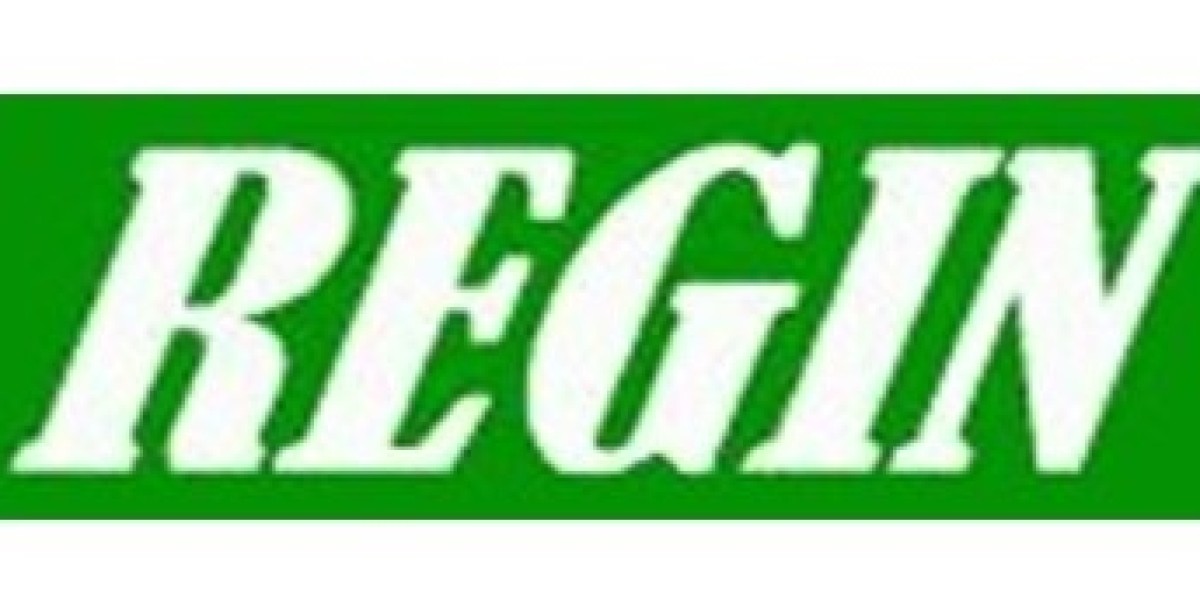In the realm of heating, ventilation, and air conditioning (HVAC) systems, ensuring optimal performance and safety is of paramount importance. One crucial aspect of HVAC maintenance is smoke testing. This method involves using specialized smoke testing products and kits to detect leaks, inefficiencies, and potential hazards within HVAC systems. In this article, we will delve into the world of HVAC smoke testing products and smoke test kits, exploring their significance, types, applications, and benefits.
The Significance of Smoke Testing in HVAC
Smoke testing plays a pivotal role in assessing the integrity of HVAC systems. Whether in residential, commercial, or industrial settings, HVAC systems are responsible for maintaining comfortable indoor temperatures and indoor air quality. However, leaks, faulty connections, and blockages can compromise the performance of these systems. Smoke testing allows technicians to identify these issues early, preventing energy wastage, indoor air quality deterioration, and potential safety hazards.
Types of Smoke Testing Products
Smoke Candles: Smoke candles are one of the most commonly used tools for HVAC smoke testing. These candles emit non-toxic smoke when lit, allowing technicians to observe the movement of smoke through the HVAC system. They are particularly effective in identifying leaks in ductwork, pipes, and other components.
Smoke Cartridges, or smoke generators, are advanced devices that produce a controlled amount of smoke for testing purposes. These machines are highly versatile and can be used in various HVAC applications. They are known for their consistent smoke output and are suitable for both large-scale industrial systems and residential HVAC units.
Aerosol Smoke Spray:
This type of smoke testing product is a convenient option for localized testing. Technicians can use aerosol smoke sprays to detect leaks around windows, doors, vents, and other specific areas where air infiltration might occur.
Components of Smoke Test Kits
Smoke Source:
This can be in the form of smoke candles, smoke machines, or aerosol sprays, depending on the kit's design and purpose.
Accessories:
Smoke test kits often include accessories such as hoses, adapters, and nozzles. These components facilitate the proper distribution of smoke into the HVAC system.
Protective Gear:
Safety is paramount during HVAC smoke testing. Kits may include items like gloves, goggles, and masks to ensure technicians are protected from potentially harmful substances.
Instruction Manual:
A comprehensive guide on how to perform smoke testing correctly is a vital part of any smoke test kit. It ensures that technicians use the kit effectively and safely.
Applications and Benefits
Leak Detection: Smoke testing is exceptionally effective in identifying leaks in HVAC systems. Leaks can lead to energy loss, decreased system efficiency, and even compromised indoor air quality.
Ductwork Integrity:
Detecting leaks and blockages in ductwork is crucial for maintaining proper airflow and efficient HVAC system operation.
Energy Efficiency:
By identifying and rectifying issues promptly, smoke testing helps optimize HVAC systems, leading to energy savings and reduced utility bills.
Health and Safety:
Ensuring that combustion gases, allergens, and pollutants do not enter living or working spaces is vital for occupant health and safety.
Regulatory Compliance:
Many industries have regulations and standards that require regular HVAC system testing and maintenance. Smoke testing aids compliance with these requirements.
Conclusion
In the world of HVAC maintenance, smoke testing products and kits are invaluable tools for ensuring the efficiency, safety, and functionality of systems. By identifying leaks, blockages, and other issues, technicians can take proactive measures to address them, preventing energy wastage and potential health hazards. Incorporating regular smoke testing into HVAC maintenance routines is a step towards a more sustainable and comfortable indoor environment.
Our Servies



